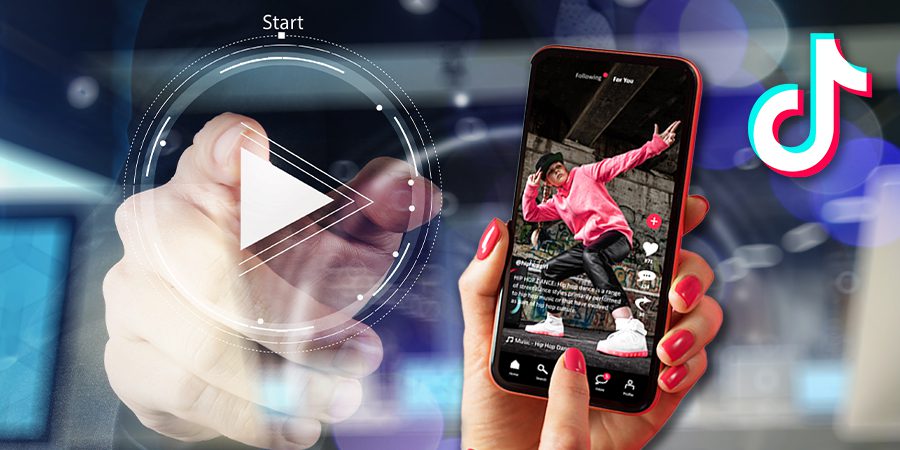In this article, we’ll look at the rising demand for sped-up songs on TikTok and how it has led to increased engagement, as well as how musicians and labels are adapting to this trend.
Key Takeaways:
- TikTok users are demanding faster songs for their videos, leading to a surge in popularity for sped-up tracks.
- The hashtag #spedupsounds has amassed 14.8 billion views, and hundreds of TikTok accounts have gained millions of followers from speeding up songs.
- Artists and labels are releasing their own sped-up remixes, which often receive more engagement than the original tracks.
- The trend has its roots in a subgenre called Nightcore, which gained a cult-like following around 2008.
- The popularity of sped-up songs reflects a shift in content creation and consumption patterns among the younger generation.
The Rise of Sped-Up Songs on TikTok
TikTok, the popular short-video platform, has seen a surge in sped-up music tracks. Users are increasingly drawn to faster songs for their videos, creating a new wave of demand.
One notable controversy involved Grammy-winning artist Kim Petras, who faced backlash from her fans after teasing her new song “Alone” with Nicki Minaj.
When she revealed a part of the track with a slower beat, fans expressed their disappointment and demanded a faster tune.
The requests from Petras’ fans are just the tip of the iceberg in the sped-up song craze on TikTok.
The hashtag #spedupsounds has accumulated 14.8 billion views, and hundreds of accounts have gained millions of followers by posting sped-up songs on the platform.
Artists and Labels Embrace the Trend
Musicians and record labels are taking note of this trend and are releasing their own fast-paced remixes.
These sped-up versions often generate even more engagement than the original tracks, according to a TikTok spokesperson.
In January, R&B star Miguel released an official sped-up version of his 2010 single “Sure Thing.”
The remix went viral on TikTok, making its way into the Billboard Top 20 at #15, more than a decade after its initial release.
Bad Friends, a dance-pop producer duo based in London, released their version of Petras’ “Alone” just hours after fans began voicing their disappointment over the slow beat.
The producers, Noah Tate and Hugo Shaw, stated they approached their remix with a dance-pop background and genuine love for the sample.
They took Minaj’s verse from her 2012 song “Whip It” and added it to their version of “Alone.”
“There’s always value in changing the tempo or pitch of a song,” Tate said. “People also love mixing different songs, even if they’ve heard the original.”
The Origins of the Sped-Up Sound
The sped-up sound trend has its roots in a subgenre called Nightcore.
Nightcore gained a cult-like following starting around 2008, when musicians began posting their sped-up remixes on YouTube, often mixed with anime visuals to boost engagement.
Though the tracks are no longer known as Nightcore and are not considered a subgenre, the sped-up sound has evolved into a full-fledged trend.
Music producer xxtristanxo has gained 3.5 million followers on TikTok and 5.4 million monthly listeners on Spotify by creating sped-up versions of songs and mashups.
“I think people like hearing their favorite songs in different contexts,” xxtristanxo said. “Sped-up songs, mashups, and slowed versions are really TikTok’s way of giving that to people.”
A New Era of Content Creation and Consumption
The growing popularity of sped-up songs reflects a shift in content creation and consumption patterns among younger generations.
TikTok is one of the first mainstream apps where users are encouraged to put their own spin on their favorite songs, fostering a culture of active participation.
Tatiana Cirisano, a music industry analyst and consultant at MiDIA Research, a UK-based research company that studies entertainment trends, believes that the prevalence of sped-up sounds could indicate a new way of thinking about content creation.
“TikTok is flipping the equation of who is making decisions in music. Sped-up songs are just one part of that,” Cirisano said. “Instead of relying solely on musicians and labels to dictate trends, users are now actively participating in shaping the music landscape.”
This shift in power dynamics has led to the emergence of innovative remixes and mashups, which have found their way into mainstream music charts.
The growing appetite for fresh takes on familiar tunes has even inspired seasoned artists to experiment with new creative directions.
As a result, the music industry is embracing this change, and TikTok is proving to be a valuable platform for discovering up-and-coming artists, along with reinvigorating the careers of established musicians.
Conclusion
The popularity of sped-up songs on TikTok is a testament to the platform’s influence in shaping the modern music landscape.
As artists and labels continue to adapt to this trend, it will be fascinating to see how it impacts the industry’s future direction.
In conclusion, the sped-up sound trend on TikTok has led to a new era of content creation and consumption.
With artists and labels embracing the phenomenon, and users actively participating in shaping the music landscape, it is evident that this trend will continue to redefine the way we experience and engage with music.
 Sections of this topic
Sections of this topic
















